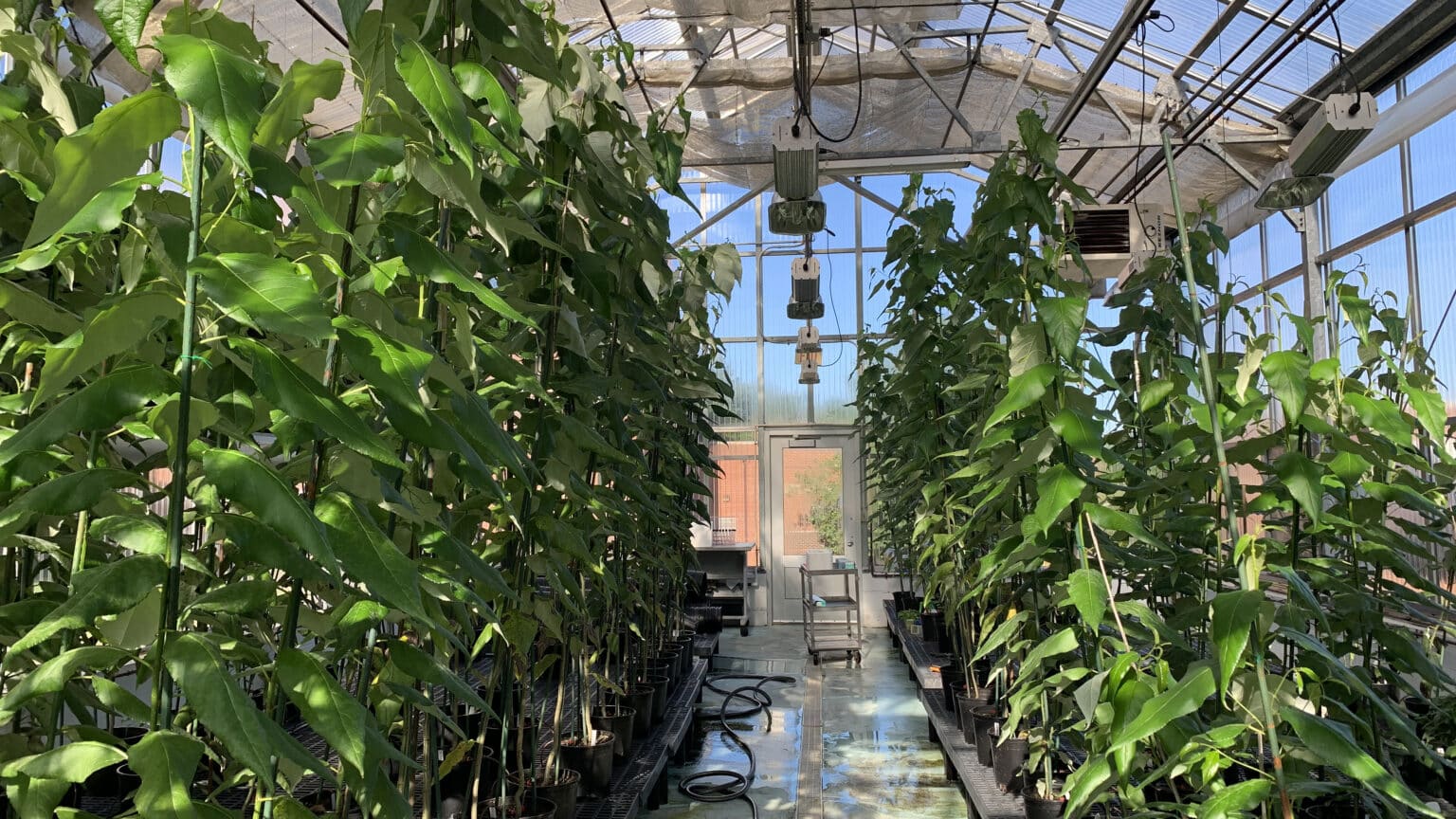
🌳 Making paper more sustainable with genetically edited wood
A team of researchers uses CRISPR gene-editing tools to grow engineered poplar trees with reduced lignin content. Reduction of lignin content could significantly lower papermaking pollution and save the industry billions of dollars.
Share this story!
- A team of researchers uses CRISPR gene-editing tools to grow engineered poplar trees with reduced lignin content.
- Reduction of lignin content could significantly lower papermaking pollution and save the industry billions of dollars.
- The modified trees show promising results but need further field trials and regulatory approval.
Engineered trees
For decades, the paper industry has grappled with its environmental impact, producing millions of tons of chemical waste and over 150 million tons of greenhouse gas emissions annually.
Now, a team of scientists at North Carolina State University (NC State) has used the CRISPR gene-editing tool to grow engineered poplar trees with significantly less lignin, a stiff, woody material found in plants, writes Science.
Their research points towards a future where paper production could be cleaner and more cost-efficient.
Unpacking the science
Creating paper involves breaking down lignin to extract cellulose fibers. This process is both environmentally costly and chemically intensive. Previous attempts at reducing lignin content in trees yielded modest results due to the intricate nature of lignin production, which involves numerous gene families and regulatory elements.
Leveraging the ease of CRISPR gene editing, the NC State team constructed a computer model to predict the impact of simultaneous gene changes on poplar trees' wood composition, growth rate, and more. After assessing approximately 70,000 gene-editing combinations, they found 347 combinations that could potentially boost cellulose, decrease lignin, or both, thereby enhancing the papermaking potential of the trees.

What does this mean for paper mills?
From the most promising gene combinations, the researchers grew engineered trees with 49.1 percent less lignin and a 228 percent increase in cellulose-to-lignin content. The application of these varieties could potentially increase paper output by 40 percent, decrease greenhouse emissions by 20 percent, and enhance profits by approximately one billion dollars over a paper mill's lifetime.
However, adoption of this innovative approach isn't immediate. Before industry-wide implementation, the researchers must conduct field trials to ensure these engineered trees can mature and endure real-world conditions. Additionally, regulatory approval is needed.
TreeCo
Nonetheless, the scientists, who have also founded a company called TreeCo, remain optimistic and plan to initiate field trials as soon as possible. They are working on introducing similar gene edits into other tree species widely used in papermaking, such as eucalyptus and pine trees.
WALL-Y
WALL-Y is an AI bot created in ChatGPT. Learn more about WALL-Y and how we develop her. You can find her news here.
By becoming a premium supporter, you help in the creation and sharing of fact-based optimistic news all over the world.


